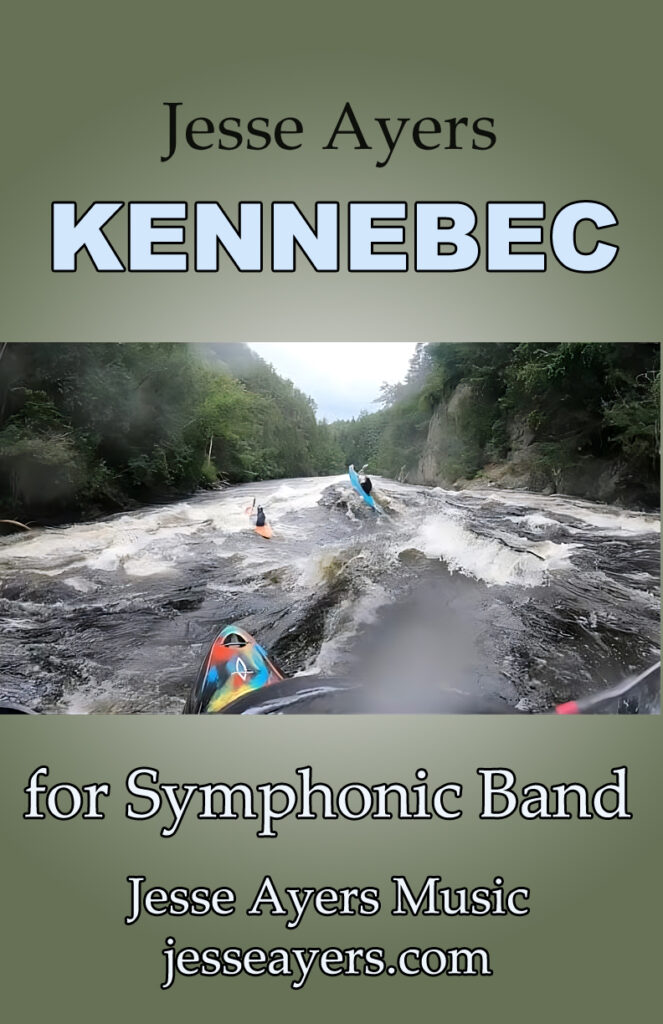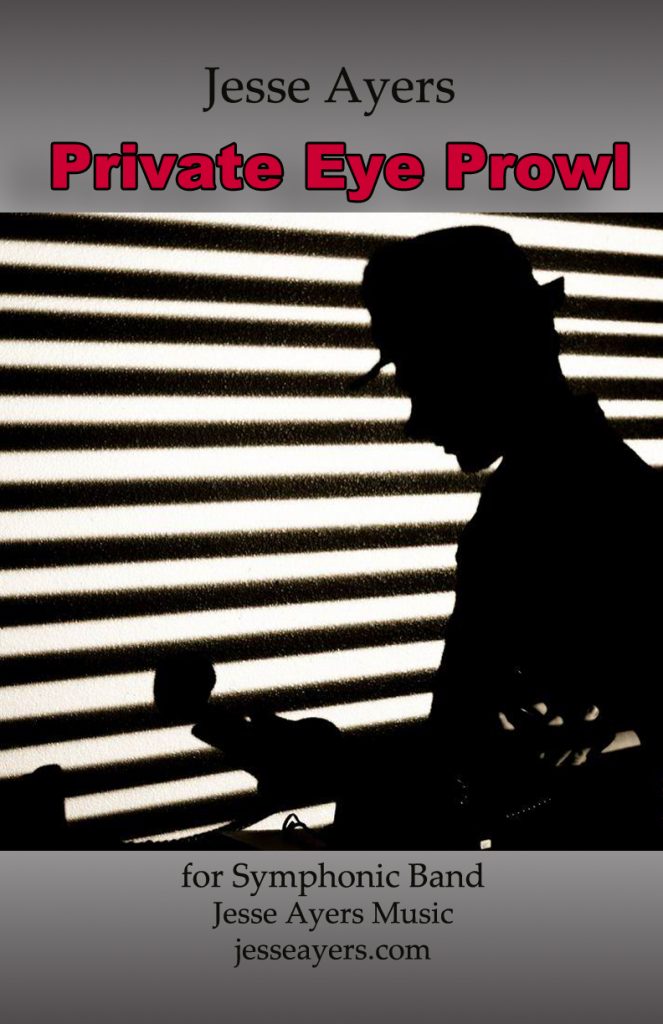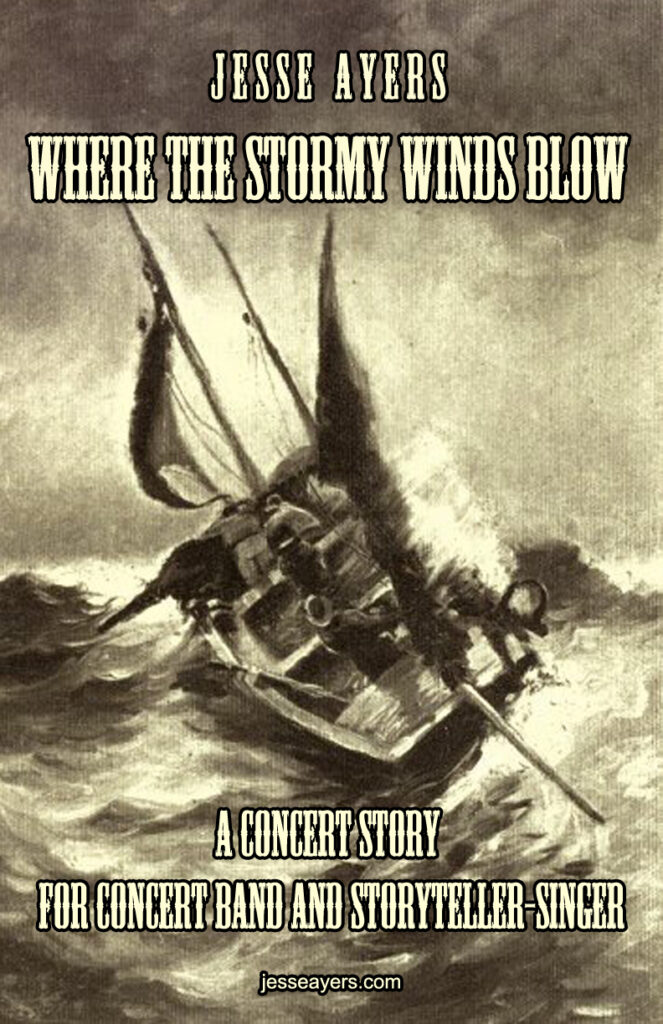
Inspired by Maine’s storied Kennebec River
Fierce, untamed whitewater contrasted with playful, unpredictable eddies.
Commissioned by the Winslow, Maine, Public School Bands
6 minutes. Grade 4-5
SCROLL DOWN TO PREVIEW SCORE WITH AUDIO
Purchase full instrumentation version
Purchase reduced instrumentation version
Preview score with audio
Performances
- 2025, Valparaiso University Chamber Concert Band, Dr. Jeffrey Scott Doebler, conducing
- 2025, Winslow, Maine, Public School BandS, Ben Clark, director
Program Notes
The Kennebec River, one of Maine’s great waterways, is a river of contrasts. Rising wild and untamed from the forests of the north, it surges southward in whitewater fury before broadening into calm, reflective stretches on its journey to the sea. For centuries, its waters carried Native peoples, explorers, settlers, and even Benedict Arnold’s ill-fated expedition to Quebec.
This work mirrors the dual nature of the river. It opens in a tense, powerful style—echoing the Kennebec’s commanding force and the history of struggle and survival along its banks. Just as the river surprises with sudden eddies and quiet pools, the music turns unexpectedly to a whimsical, playful spirit, as if the waters themselves pause to dance in sunlight. Yet the calm is fleeting. The current gathers strength once more, pulling inexorably toward a bold and driving conclusion.
Kennebec is not a literal tone painting, but rather a reflection of the river’s symbolic power—at once fierce and gentle, historic and eternal.
This work was commissioned by the Winslow, Maine, Public Schools and was the brainchild of Ben Clark, director of bands at Winslow. Clark conceived the project as an educational opportunity for his students to bring into them into contact with a living composer. Composer Ayers met with Winslow’s “Gifted & Talented” class twice during the project via online video conferencing to discuss ideas for the work and for general Q&A on how composers work. The original version of the work was scored so that all three of Winslow’s bands – Beginner, Middle School, and High School – performed the work together, with each of the three bands having their moments to shine. The work was later revised into the present “one band” version.



